Welcome to my blog
This blog came out of my wish to share with you my thoughts and feeling that came out while working on my collages and writing about its symbolism.
Each and every one of my collages can tell different stories, at least as many as the numbers of its viewers. I wish you will let yourself being creative and kind enough to share your story, with me and other readers; and I thank you for it in advance.
My dream is that one day; we will be able to publish a book that will combine both, my art with your stories from all over the world, to a unique Art & Stories Book.
Thank you!!!!
Each and every one of my collages can tell different stories, at least as many as the numbers of its viewers. I wish you will let yourself being creative and kind enough to share your story, with me and other readers; and I thank you for it in advance.
My dream is that one day; we will be able to publish a book that will combine both, my art with your stories from all over the world, to a unique Art & Stories Book.
Thank you!!!!

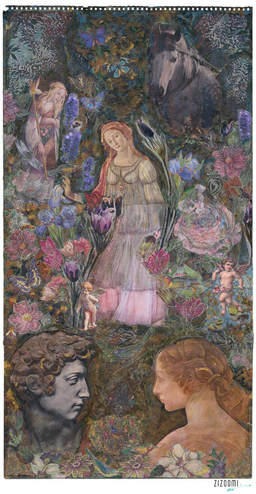
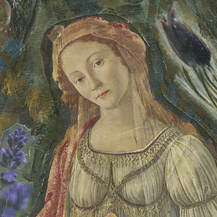
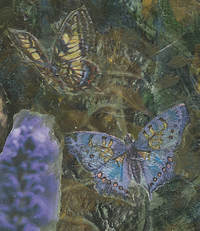
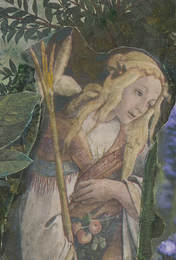
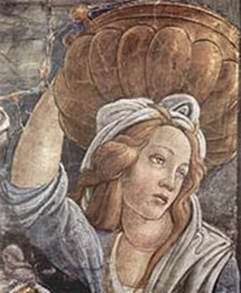

 RSS Feed
RSS Feed